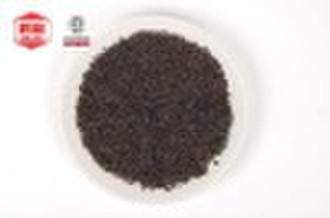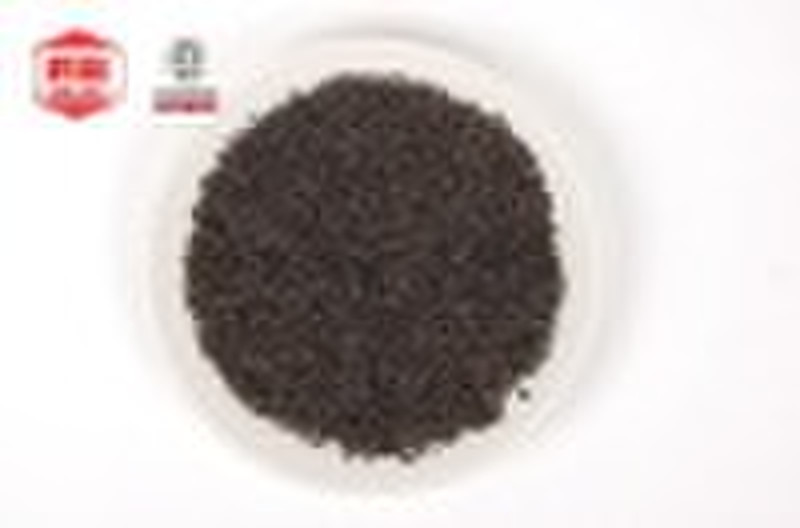Каталог
-
Каталог
- Автомобили и мотоциклы
- Безопасность и защита
- Бизнес
- Бытовая техника
- Бытовая электроника
- Детали машин и услуги по их изготовлению
- Дом и Сад
- Здоровье и медицина
- Игрушки и хобби
- Изделия из металла
- Измерительные и анализирующие приборы и инструменты
- Инструмент
- Красота и личная гигиена
- Мебель
- Мероприятия по охране окружающей среды
- Минералы и металлургия
- Модные аксессуары
- Обувь и аксессуары
- Одежда
- Освещение
- Подарки, сувениры
- Продовольственные товары и напитки
- Промышленное оборудование и техника
- Резина и пластмассы
- Сельское хозяйство
- Специальное оборудование
- Спорт, отдых и досуг
- Сток
- Строительство и недвижимость
- Текстиль и кожа
- Телекоммуникации
- Товары для офиса, учебы. Канцтовары
- Транспорт
- Упаковка и печать
- Химикаты
- Часы, Украшения, Очки
- Чемоданы, сумки
- Электронные компоненты, оборудование, принадлежности
- Электротехническое оборудование и принадлежности
- Энергия
Filters
Search
Кимун 1121 чай (чай здоровья)

Sunshine Zhang
Контактное лицо
Основные данные
Black tea is a variety of that is more oxidized than the , , and varieties. All four varieties are made from leaves of . Black tea is generally stronger in flavor and contains more than the less teas. Two principal varieties of the species are used, the small-leaved Chinese variety plant (C. sinensis subsp. sinensis), also used for green and white teas, and the large-leaved Assamese plant (C. sinensis subsp. assamica), which was traditionally only used for black tea, although in recent years some green has been produced. In and influenced languages, black tea is known as "crimson tea" (, hóngchá; kcha; , hongcha), an accurate description of the colour of the liquid. The term black tea refers to the colour of the oxidized leaves. In Chinese, "black tea" is a commonly used classification for , such as ; in the Western world, "red tea" more commonly refers to , a . While green tea usually loses its flavor within a year, black tea retains its flavour for several years. For this reason, it has long been an article of trade, and even served as a form of in , , and into the 19th century. The tea originally imported to Europe was either green or semi-oxidized. Only in the 19th century did black tea surpass green in popularity.[] Although green tea has recently seen a revival due to its purported health benefits, black tea still accounts for over ninety percent of all tea sold in the West. The expression "black tea" is also used to describe a cup of tea without milk ("served black"), similar to served without milk or cream.
Условия поставки и упаковка
Порт: Shanghai
Условия оплаты
Документы против приёмки
Аккредитив
-
Способы оплаты
Для оплаты товаров и услуг на нашем портале, Вы всегда получаете счет, в котором Вам необходимо самостоятельно указать свои данные.
Мы принимаем к оплате:









